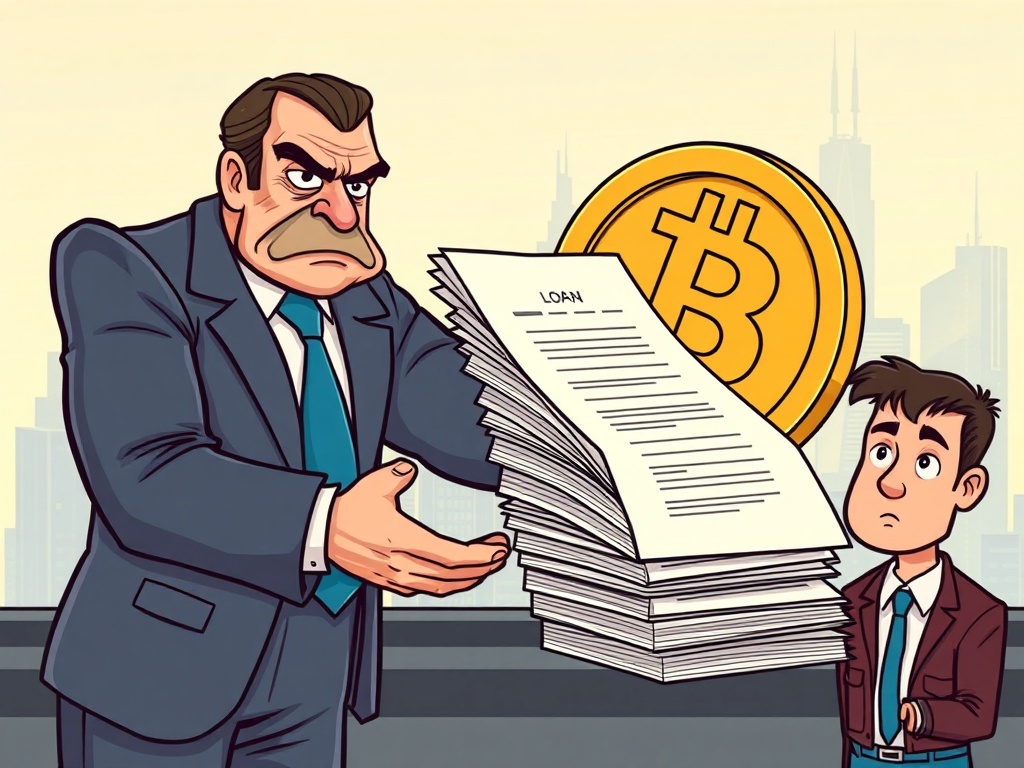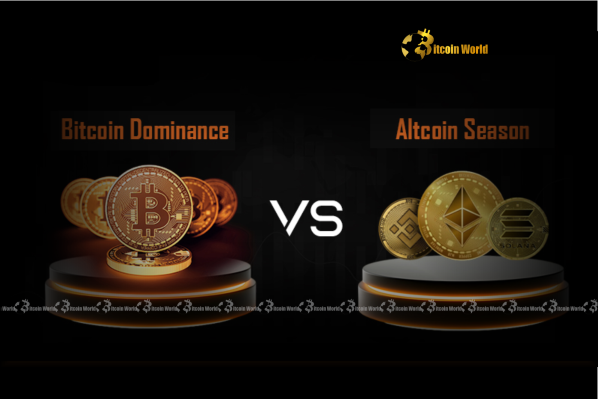BitcoinWorld

South Korea Crypto Lending Ban: Urgent Halt to Risky Products
A significant development has emerged from South Korea’s financial landscape, directly impacting the cryptocurrency sector. Regulators have issued administrative guidance, effectively initiating a South Korea crypto lending ban on new lending products from exchanges. This move is a crucial step towards safeguarding investors and stabilizing the market.
This directive highlights growing concerns over the proliferation of high-risk, leveraged products being offered without adequate investor protections. It’s a clear signal that authorities are prioritizing consumer safety in the rapidly evolving digital asset space.
Why the South Korea Crypto Lending Ban? Addressing Key Concerns
The primary driver behind the South Korea crypto lending ban is a commitment to mitigate investor losses. Financial regulators observed a concerning trend: crypto exchanges were launching sophisticated lending products that carried substantial risks, often without fully informing users of the potential pitfalls.
Here are the core reasons for this decisive action:
- Investor Protection: Many leveraged products expose investors to magnified losses, particularly in volatile crypto markets. The guidance aims to prevent scenarios where individuals could face severe financial harm.
- Market Stability: Uncontrolled high-risk offerings can amplify market volatility. By reining in these products, regulators seek to foster a more stable and predictable environment.
- Lack of Safeguards: Regulators identified a deficit in sufficient safeguards accompanying these new lending services. This left investors vulnerable to opaque terms and potential exploitation.
Authorities have made it clear: firms ignoring this guidance will face consequences, including on-site inspections and other supervisory measures. This underscores the seriousness of the South Korea crypto lending ban.
What Does the South Korea Crypto Lending Ban Mean for Exchanges?
For cryptocurrency exchanges operating in South Korea, this administrative guidance marks a significant shift. They must now immediately halt the development and launch of any new lending products.
This directive compels exchanges to:
- Review Existing Products: While the guidance specifically targets new products, exchanges may feel pressure to review their current offerings to ensure they align with the spirit of the regulation.
- Prioritize Compliance: Compliance departments will need to work closely with legal teams to understand the full scope of the guidance and implement necessary changes.
- Innovate Responsibly: The focus will likely shift towards developing more secure, less leveraged products that meet regulatory standards, rather than pushing high-risk options.
This proactive stance by regulators demonstrates their intent to maintain a tight grip on the digital asset market, ensuring that growth does not come at the expense of investor well-being.
How Does the South Korea Crypto Lending Ban Affect Investors?
For investors, the South Korea crypto lending ban is largely a protective measure. While it might limit some high-yield opportunities, it significantly reduces exposure to potentially devastating losses.
Investors can expect:
- Reduced Risk: Fewer highly leveraged and complex lending products will be available, leading to a safer investment landscape.
- Greater Transparency: As regulators scrutinize offerings, there is an expectation that any future lending products will come with clearer terms and better safeguards.
- Increased Confidence: Stronger regulatory oversight can instill greater trust in the crypto market, potentially attracting more mainstream participants over time.
Ultimately, this guidance aims to foster a healthier investment environment where participants are better protected from the inherent volatility and risks of the crypto space.
Broader Implications of the South Korea Crypto Lending Ban
The decision by South Korean regulators sends a strong message globally. It highlights a growing trend among jurisdictions to regulate the crypto industry more closely, especially concerning products that mirror traditional financial services but lack similar oversight.
This could influence other nations to:
- Adopt Similar Measures: Other countries might look to South Korea’s approach as a blueprint for managing crypto lending risks.
- Increase Regulatory Scrutiny: The focus on investor protection could lead to broader discussions about comprehensive frameworks for decentralized finance (DeFi) and other emerging crypto services.
- Foster Responsible Innovation: Regulators worldwide are balancing innovation with the need for consumer safety, pushing the industry towards more sustainable and compliant growth.
The South Korea crypto lending ban is a pivotal moment, underscoring the ongoing global effort to integrate digital assets into a regulated financial system.
In conclusion, South Korea’s directive to halt new crypto lending products is a significant regulatory intervention aimed squarely at investor protection and market stability. By addressing concerns about high-risk, leveraged offerings, regulators are sending a clear message to exchanges: responsible innovation is paramount. This move will likely shape the future of crypto product development in the region and may influence regulatory approaches worldwide, ultimately fostering a safer environment for all participants in the digital asset economy.
Frequently Asked Questions (FAQs)
What is the core reason for the South Korea crypto lending ban?
The primary reason is to protect investors from high-risk, leveraged crypto lending products that lack sufficient safeguards, which could lead to significant financial losses and increased market volatility.
Does this ban affect existing crypto lending products in South Korea?
The administrative guidance specifically directs exchanges to halt the launch of new lending products. While it doesn’t explicitly ban existing ones, it signals increased scrutiny and potential future reviews.
What happens if an exchange ignores the South Korea crypto lending ban guidance?
Regulators have warned that firms ignoring the guidance and causing user harm will face severe supervisory measures, including on-site inspections and other enforcement actions.
How will this impact investor choice in South Korea’s crypto market?
While it may limit access to certain high-yield, high-risk products, the ban aims to create a safer environment, potentially increasing overall confidence and attracting more secure investment options in the long run.
Is this part of a broader global trend in crypto regulation?
Yes, many countries are increasing their regulatory oversight on crypto activities, particularly those that resemble traditional financial services, to enhance investor protection and maintain market integrity.
If you found this article insightful, please consider sharing it with your network on social media! Stay informed about the latest developments in crypto regulation and investor safety.
To learn more about the latest crypto market trends, explore our article on key developments shaping crypto regulation and investor protection.
This post South Korea Crypto Lending Ban: Urgent Halt to Risky Products first appeared on BitcoinWorld and is written by Editorial Team





